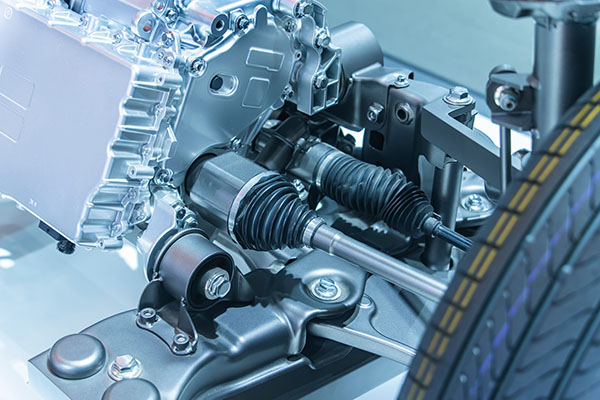
When it comes to the intricate workings of your vehicle, axles play a crucial role that often goes unnoticed. Axles are essential components that facilitate the smooth and efficient movement of your vehicle's wheels.
Understanding Axles - What Do They Do?
Axles are central shafts that connect and support the wheels of your vehicle. They are responsible for transmitting power from the engine to the wheels, enabling motion. Axles are typically positioned transversely (side-to-side) or longitudinally (front-to-back) depending on the vehicle's design. Most modern vehicles have at least two axles, but some may have more, depending on the drivetrain configuration.
Functions of Axles in a Vehicle
Power Transmission
One of the primary functions of axles is to transmit power from the engine to the wheels. In vehicles with front-wheel drive, the axles deliver engine power to the front wheels. In rear-wheel drive vehicles, the axles transmit power to the rear wheels. In all-wheel drive and four-wheel drive vehicles, multiple axles ensure power is distributed to all wheels.
Wheel Support
Axles serve as load-bearing components that support the weight of the vehicle and its occupants. They maintain the proper alignment of the wheels, ensuring stability, balance, and smooth handling while driving.
Suspension Connection
Axles are integrated into the suspension system, connecting the wheels to the vehicle's frame. This connection allows the wheels to move up and down to absorb bumps and maintain optimal tire contact with the road, enhancing ride comfort.
Steering Control
In vehicles with independent suspension, axles can assist in steering by allowing the wheels to pivot while maintaining power transmission. This setup enhances maneuverability and responsiveness while driving.
Are There Different Types of Axles?
As with a lot of other car parts, axles have various variants which function slightly differently from each other. Some of them are used in cases where extra support is needed and others contribute to an overall smoother ride. Below, you will find three of the most common variants, so keep on reading if you want to find out more.
- Live Axle: A live axle connects the wheels on each side of the axle and rotates with them. Live axles are commonly found in solid rear-axle setups, often seen in trucks and SUVs. They provide robust power transmission but may affect ride comfort due to reduced independent wheel movement.
- Dead Axle: A dead axle doesn't rotate with the wheels and is mainly used for load-bearing support. Dead axles are commonly found in the front of some commercial vehicles or in trailers.
- Independent Suspension Axle: These axles allow each wheel to move independently, enhancing ride comfort and handling. They are prevalent in modern passenger vehicles and are commonly found in front-wheel and rear-wheel drive setups.
Don't Ignore Your Cars' Axles!
Routine inspections and proper maintenance are a must when talking about axles - as with any other part. Lorentz Automotive is here to aid your vehicle in all current and future problems, so don't hesitate to contact us